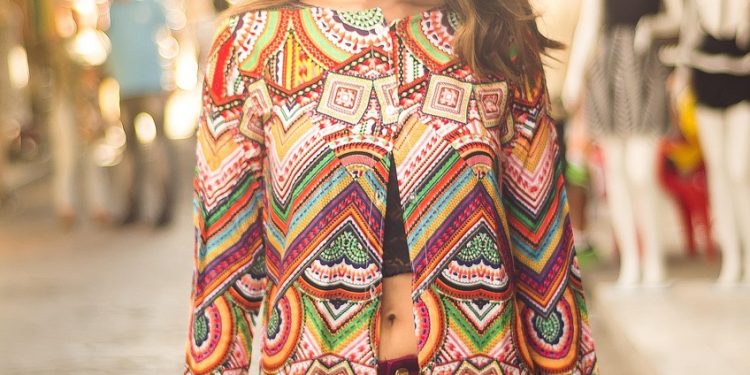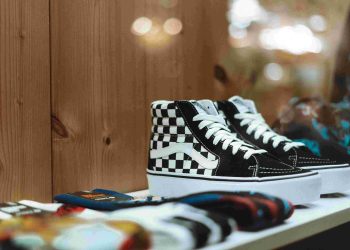Impact of Fast Fashion on Sustainability
The glittering allure of fast fashion is undeniable—but at what cost?
Walking into a store and snagging a trendy jacket for less than the price of a meal feels exciting. Yet, hidden beneath the surface lies a complex web of environmental degradation, human exploitation, and cultural erasure that deserves our immediate attention. My first encounter with this paradox was as a student, rummaging through a rack of $5 sweaters, realizing they came with a price tag far greater than the label indicated.
Unveiling the Consequences
Fast fashion—fashion brands that churn out low-cost, high-volume, on-trend clothing—does more than fill our closets; it clutters our planet. According to the Ellen MacArthur Foundation, textiles contribute over 20% of global freshwater pollution and release ~1.2 billion tonnes of CO2 emissions annually. Yet, the industry thrives on ephemeral beauty, urging consumers to replace items seasonally, perpetuating overconsumption.
The ripple effects extend beyond the environment. Psychologists highlight the impact of fast fashion on consumer mindsets, linking instant gratification purchasing habits to long-term dissatisfaction. Items are adored briefly, discarded quickly, reflecting the fleeting nature of emotional satisfaction in consumer society.
Psychological and Philosophical Dimensions
Philosopher Martin Buber once said, “The world is not comprehensible, but it is embraceable.” What happens when our embrace includes goods produced under unethical conditions? The disconnect between consumer and creator in fast fashion illustrates a systemic moral dilemma. Workers, often in underdeveloped regions, toil in hazardous conditions for meager wages. These are more than business decisions—they are reflections of societal values.
Technological solutions can begin bridging the gap, but they require consumer advocacy and systemic overhaul. Artificial intelligence, for instance, holds promise for creating efficient supply chains, minimizing waste, and developing alternatives like lab-grown textiles, emphasizing both compassion and innovation.
Breaking Free: Practical Steps
If sustainability is the future, then slowing down consumption must be part of the solution. Here are three actionable strategies you can adopt today:
-
Embrace Circular Fashion:
Choose second-hand, swap clothing, and repair items instead of throwing them away. -
Prioritize Quality Over Quantity:
Invest in durable, timeless pieces rather than fleeting trends. -
Educate and Advocate:
Support brands that commit to ethical practices, question marketing tactics, and share what you learn with others.
The Trend Ahead
The future of fashion hinges on innovation and awareness. Technology such as blockchain might allow greater transparency in production, ensuring consumers understand precisely what they support. Textile sciences could invent materials with lower ecological footprints—for example, bio-fabricated leather—as alternatives to traditional options.
Furthermore, sociology suggests generational shifts are underway. Millennials and Gen Z, particularly, want brands to reflect their values. As they demand sustainability and inclusivity, businesses that fail to adapt will falter in a consumer-driven paradigm shift.
Learning to See Differently
To challenge the status quo is frightening but necessary. As individuals and as a collective society, we must hone skills of continuous learning and self-inspection. How often are we buying because we need clothing, and how often because it fills an emotional void? Start by reevaluating your purchases—are they investments or indulgences? Share stories of ethical consumption, celebrate persistence, and inspire others to act.
Ultimately, fast fashion demands more than reform; it calls for a rethinking of both production and consumerism. Let us turn the tide, not by pointing fingers but through collective action inspired by informed choices.












